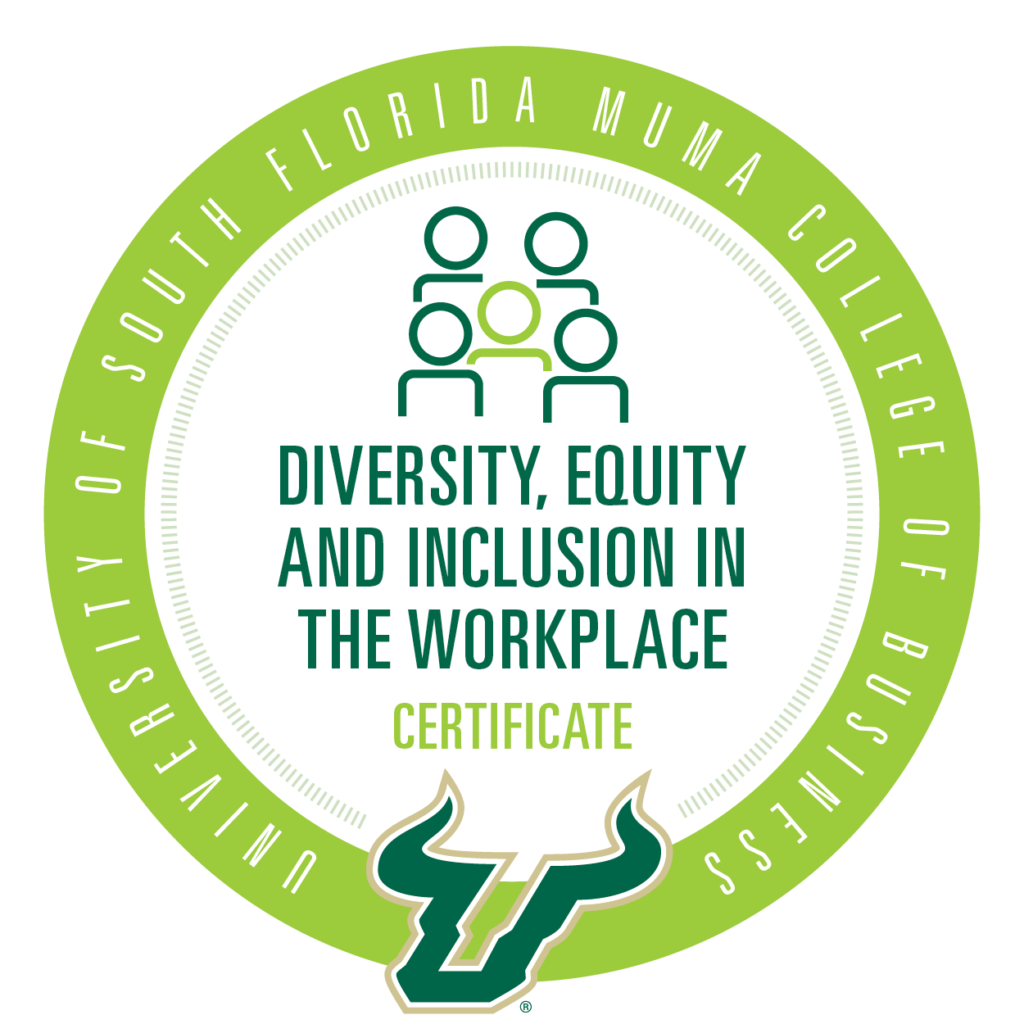Disclaimer: This blog entry discusses legal name and gender changes. This is meant to provide general information about the process, but I am not an attorney and none of this should be taken as legal advice.
—–
A legal name/gender change is not something every transgender person chooses to do, but for many, it is an important part of the transition. In addition to feeling emotionally freeing, a legal name/gender change allows individuals to have IDs that accurately represent who they are, and by extension no longer have to share their given name/assigned gender in situations that require them to show ID (such as going to a doctors office or airport or when applying for a job). Legally changing your name/gender and everything that is affected by that legal change can feel overwhelming and confusing, so this month for my LGBTQIA+ series I am sharing resources and information for understanding the legal process and the updates you will need to make afterward.
In the United States, the requirements for a legal name or gender change vary a lot from state to state and can range from just filling out paperwork to providing proof of certain surgeries to it not being possible to change some documents at all. A good place to see a general breakdown of what can and cannot be changed in different states is The Movement Advancement Project at https://www.lgbtmap.org/equality-maps/identity_document_laws. The National Center for Transgender Equality has more specific information for each state at https://travel.state.gov/content/travel/en/passports/have-passport/change-correct.html. Some people work with a lawyer for the process of making a legal name/gender change, but many do not. For people who want to speak to a lawyer but do not have the funds to pay for one, there are individuals and groups that provide free assistance with the process. Regardless of if you are able to pay or are looking for free assistance, you can see what help is available for people in your area by asking a local pride organization or looking online.
A few common steps for a legal name change that most people are unaware of are court dates and publication requirements. In some states a person legally changing their name has to appear in court to answer questions asked by a judge about the change. These court dates are short and relatively simple, and like many parts of the process were originally created to make sure people could not change their name to commit fraud or escape debts. Certain states also require an individual to publish a short notice in a local newspaper with their old and new legal names. This too was historically done to make it harder to escape debts a person owed to people in their area. Publication can often be waived if it may create a safety risk for the person, such as when someone is changing their name as part of escaping an unsafe or abusive situation. There is a precedent in many states to approve a waiver request because publication would make it clear the person changing their name is trans and they do not feel safe being outed in a newspaper.
The next step after the change itself is to get an updated social security card and then updated IDs. These must be done first because they will be used as proof of the change when updating everything else. You may be able to start the process of getting a new social security card online but will need to show documentation in person at a social security office. Details on what documentation and steps to take and where the nearest office is can be found at HTTPS://www.ssa.gov/personal-record. After updating your social security card you can move on to getting updated IDs. Getting an updated driver’s license or other state-issued ID generally only requires submitting documents to prove the legal change happened, and can sometimes even be done online. Go to your state’s DMV website to learn about the exact requirements and process for your area. You can apply for a new passport via mail or in person using the steps outlined at https://travel.state.gov/content/travel/en/passports/have-passport/change-correct.html. US passports now allow you to select a gender marker regardless of what is on your birth certificate or other government-issued ID, so an individual can choose to have M F, or X listed on their passport. Whether or not documents like a birth certificate can be reissued or updated with a new name or gender marker and how to do it also varies, so throughout the process, it is always important to make sure the resources you are using to find out what you can change and how are specific to your state.
There are a few other places it is important to update your information on as soon as possible after a legal name/gender change. The process for updating your health insurance will depend on what insurance company you use, but in case of an emergency, it is important to have insurance information that matches your ID. If you get any accommodations or have records of past treatments or procedures that affect the current care of a chronic illness/disability, you will want to update the name on those files as well. You can instead provide documentation of a name change to show that healthcare records are yours, but updating records means you don’t have to add additional steps to navigating our already complicated healthcare system.
While a lot of this process is the same for college students and other adults, one area that can be particularly complicated for students is financial accounts. If you have any type of loan, scholarship, student bank account, or anything else relating to money and being a current college student, you will need to update them right away. As long as everything is updated quickly you should not have any issues, but a prolonged period before updating financial accounts could result in the accounts being frozen or discontinued and potential legal challenges. Having an account that, for example, is said to belong to a person named X whose social security number is Y when there is legally no longer a person named X whose social security number is Y can technically be considered fraud. Many people change their first or last name over the course of their life, so as long as you change your account soon after a legal name change you should not have any issues.
Finally, you will want to update your student file at your college. This is less of an urgent update to make but will mean any teachers and staff you interact with will only see your new name on student records and ensure that the correct name is put on your diploma. While many parts of this process can be complex, updating school records is generally quick and easy, and you likely will just need a meeting with the school’s Registrar to show them an updated ID.
Like many parts of transition, a legal name/gender change can be a lot of work, but those who have already gone through it can tell you what a difference it made in their lives. Every person should be able to embrace their gender and live life as the person they truly are, and if the steps along the way feel overwhelming, there are people in your life and around the world who are happy to help you in reaching that goal.
————
Each month I am sharing information and advice for a different aspect of college life for LGBTQIA+ students! Next month I will be sharing information on what to keep in mind if you plan to spend time studying abroad.
Next month is June, which is Pride Month! Pride month is a time for LGBTQIA+ people to celebrate our diversity and the love we have for our community as a whole. Take some time this June to show the LGBTQIA+ people in your life how much you love and support them- and if that includes you make sure to show yourself some love too!








